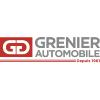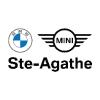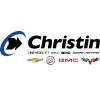From AIA Canada and Simplicity Car Care’s Chief Operations Officer (COO), Domenic Prochilo comes this blog about sustainability in the collision repair sector.
This article was originally published on the Automotive Industries Association of Canada and the Canadian Collision Industry Forum websites on April 16, 2024.
When using the word “sustainability” the automotive aftermarket is accustomed to sustaining its financials, operational metrics, client advocacy scores, and employee satisfaction ratings.
However, with changing global temperatures, smog reaching all-time highs, and increased severity and intensity of natural disasters, environmental sustainability is being discussed by all levels of Government, business leaders, and communities.
But how can collision repairers save the environment? Does it come down to something as simple as refraining from painting cars?
Collision repairers and the automotive aftermarket need to play a role in reducing greenhouse gas (GHG) emissions. By utilizing different strategies and methods, their businesses can impact the GHG output on a global scale. While unpacking carbon reduction and environmental sustainability is no small feat, there is potential for it to be achieved when collision repair shops focus on three key areas: Scope 1, which is direct emissions, Scope 2, indirect electricity emissions, and finally, Scope 3, external indirect emissions.
Scope 1 emissions: What they are and how to approach them
According to shop data collected from Simplicity Car Care Network, Scope 1 emissions account for 10 to 15 percent of collision repairers’ carbon emissions. The emissions that are associated with this scope in the world of collision repair are as follows: fuel that is burnt from a fleet of vehicles that are owned by a collision repairer (i.e. loaner cars).
In the collision repair industry, very few roles and responsibilities can be performed through the “stay-at-home economy”, and it would be unfair and unreasonable to ask all staff to purchase electric vehicles (EVs).
However, making the jump from an internal combustion engine (ICE) fleet to an EV fleet is fair, reasonable and manageable. Switching to EVs will have a trifold effect, reducing collision repairer’s cycle time, improving a shop’s efficiency while decreasing carbon outputs, and enhancing reputational capital with clients and insurance partners. All in all, the effects of switching to EVs can significantly improve a shop’s profitability.
Scope 2 emissions: Challenges, opportunities, and strategies
Scope 2 emissions are emissions created through the day-to-day operations of a collision centre, such as consumption related to gas and electricity and the power utilized to activate collision repair tools. This includes anything from heaters, air conditioners, air makeup units in the preparation and paint departments, to air compressors, welders, and computers. In data collected by Simplicity Car Care Network, Scope 2 emissions account for 15 to 20 percent of the collision repairers’ carbon output.
Some may look at the tools and technology required by every collision repair shop, trying to figure out what these tools have to do with environmental sustainability, and how they can be expected to stop using specific tools and equipment.
However, collision repairers cannot stop using these tools. That being said, though these tools can be used responsibly, which makes a world of difference, responsible and mindful usage of specific tools and equipment can have a staggering impact on the carbon output of the collision repair industry.
Navigating the challenges of Scope 2 emissions can be done through economically efficient strategies, which not only will lower these emissions but also decrease the variable costs associated with collision operations.
Shop lighting is the first method through which Scope 2 emissions can be reduced. Inefficient lighting not only incurs significant annual costs for a business but also leads to unnecessary power consumption. By investing in LED lighting, a business can enhance illumination quality while simultaneously cutting down on hydro expenses, thereby diminishing the carbon footprint of its daily operations.
Additionally, while this may seem minor, utilizing timers for daytime and nighttime lighting can significantly impact energy reduction in a shop. Establishing consistent patterns for turning lights on and off in businesses can aid in achieving greater predictability regarding energy consumption, associated costs, and monthly kilowatt usage.
Other strategies that can impact the gas consumption of a collision repairer are water-based products and infrared heaters, particularly in the refinish department.
Technologies in these areas have progressed vastly in the last decade; water-based priming products drastically reduce the volatile organic compounds (VOCs) and the necessity of utilizing gas for heat generation during the curing process. With proper training and development, a refinish technician can effectively apply water-based primer and utilize a fan to expedite the dehydration process, ensuring optimal coverage of the collision material.
At Simplicity Car Care, we have enhanced our application process by utilizing foam rollers for primer application, thereby reducing energy requirements. However, numerous collision centers utilize infrared heaters, offering a win-win scenario by reducing energy consumption and accelerating curing times.
Navigating scope 3 emissions
Scope 3 emissions are where the rubber meets the road when reducing emissions in a business’s operations, which according to Simplicity Car Care Network data, can represent 60 to 80 percent of a location’s carbon footprint.
Scope 3 emissions encompass all indirect emissions, including those that are not covered in Scope 2—which is why the number of Scope 3 emissions is so much higher than Scope 1 and 2 emissions. Overall, scope 3 emissions are emissions that are generated across the entire value chain of the company’s operations. For example, when a collision repair buys a fender and paints it, they now own all the carbon output that was created to manufacture the paint, materials and parts to complete that repair.
So how can a collision repairer change that? The simple answer is to repair the part, rather than replace it. By investing in the appropriate tools to conduct more outer panel repairs, there is less carbon generated and emitted. At Simplicity Car Care, we are monitoring the impacts of this strategy closely, and the results are impressive. When optimizing more repair versus replacing opportunities, we reduce the average carbon output per repair by 44 to 66 percent. If an outer panel needs replacement, the repair’s carbon output can be reduced by 45 to 49 percent by opting for a salvaged panel, often called a ‘greener panel’.
Moving forward with sustainable approaches
Environmental sustainability is an increasing concern for individuals globally. The solution to this issue no longer exclusively relies on government policies, strategies, or action plans—it is evident that we all bear responsibility as stewards of the earth. Collision repairers need to contribute to the reduction of greenhouse gas (GHG) emissions. By incorporating new strategies and methods in their day-to-day operations, it can be achieved, and they can influence the overall GHG output of the global supply chain.
By addressing carbon emissions across all scopes, businesses can not only enhance operational efficiency and margins but also foster a positive workplace culture, attract top talent, strengthen partnerships, and enhance reputational capital with clients and within their industries.

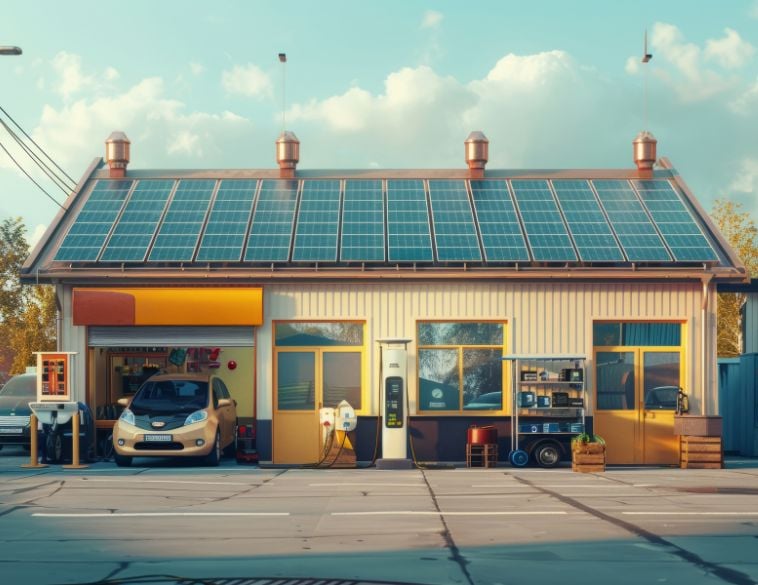
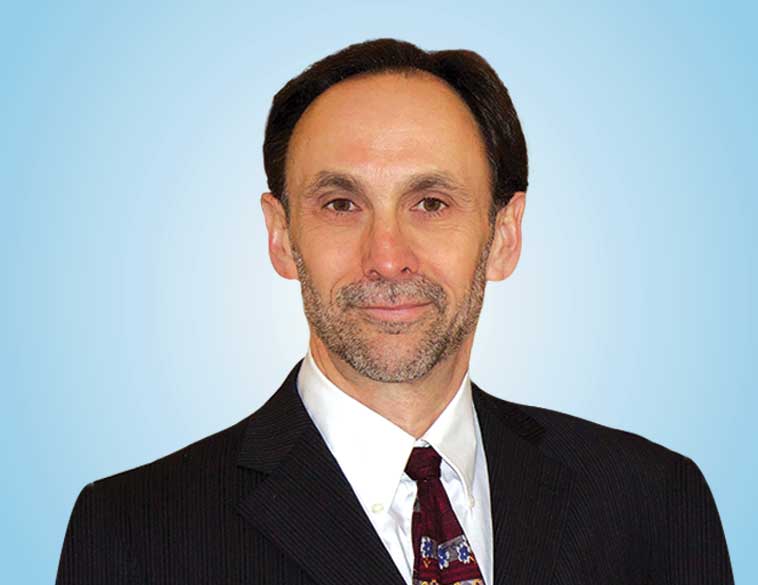
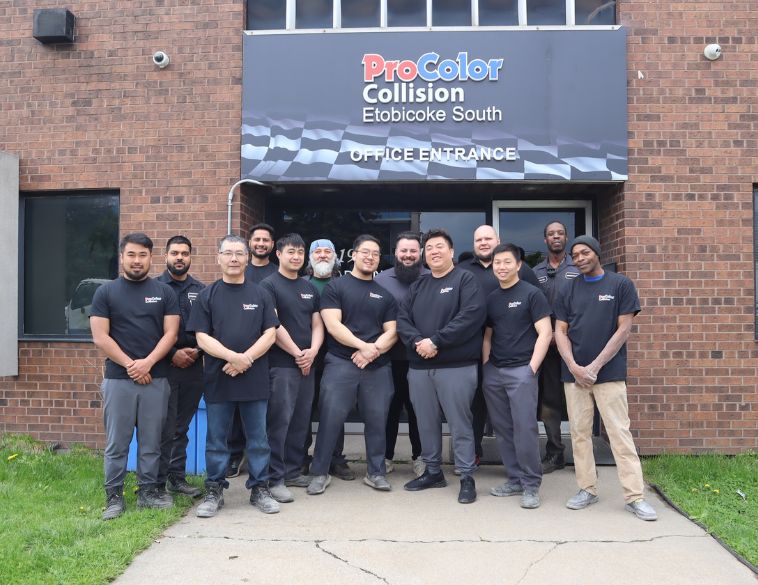


 BOUCHERVILLE
BOUCHERVILLE Full time
Full time